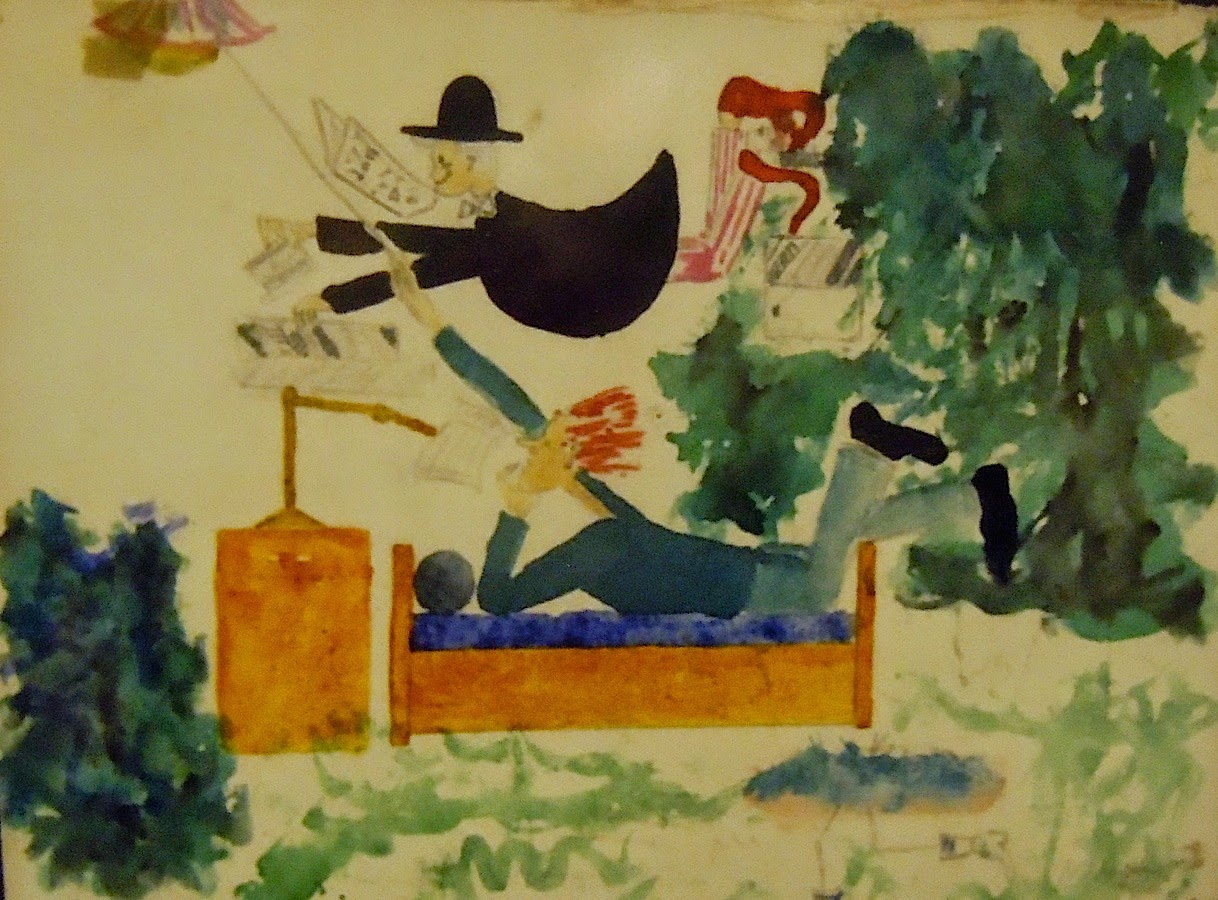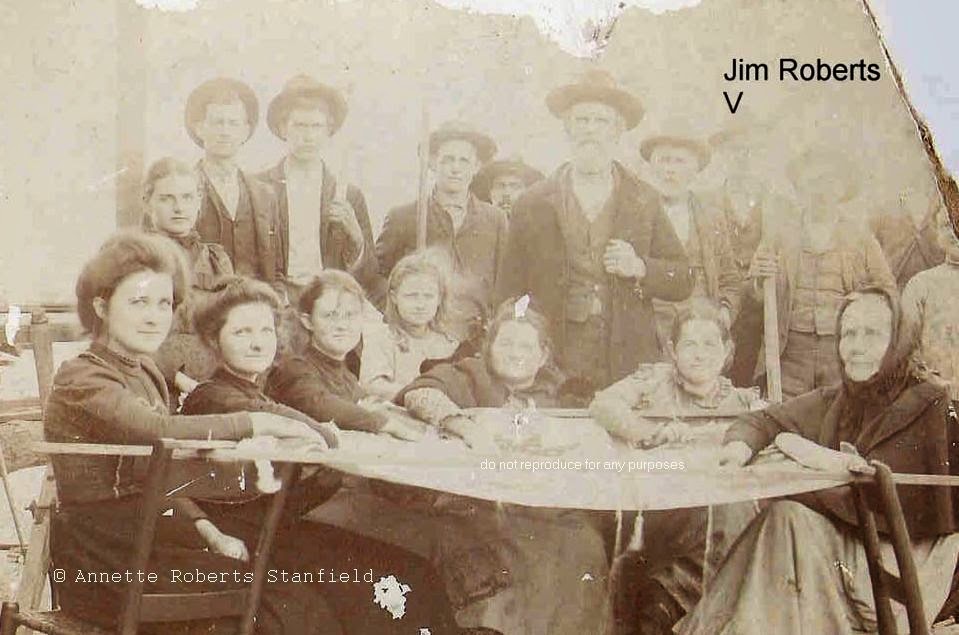This week I am running a series of Stations of the Cross. They were completed during a deadly year, one in which I was being treated for an advanced cancer. For this reason—and because I was traversing new territory for myself—they’re uneven. But their power comes from the underlying story.
The language is simple, meant to be accessible to a child.
 |
| Jesus died. |
The sky grew dark. At three o’clock, Jesus cried, “My God, my God, why have you forsaken me?”
“He is calling for Elijah,” the people said. Someone got a sponge, filled it with sour wine, and lifted it on a stick for Jesus to drink.
“Father, into your hands I commend my spirit,” cried Jesus, and he died.
At that moment, the sun’s light died, the curtain of the temple was torn in two, and there was an earthquake. When the soldiers felt the earthquake, they were terrified. “This man must have been God’s son,” one said.
People disagree about what Jesus meant when he said, “My God, my God, why have you forsaken me?”
The crowd did not know what Jesus meant, either. They did not understand he was God’s son, so they thought he was calling for Elijah.
The soldiers recognized the earthquake as a sign of God’s power. But there were other people who still would not see.
 |
| Jesus’ side was pierced. |
The crowd did not want the bodies left on the crosses during the Sabbath. They asked Pilate to break the legs of the three men so they would die faster. Since Jesus was already dead, the soldiers did not break his legs. One soldier took his spear and pierced Jesus’ side.
After Jesus died, he stopped talking, but he was not quiet. The things that happened to him were signs.
The blood that came from his side was the blood of the new covenant. The water was the water of baptism. “On that day a fountain shall be opened to cleanse them from sin and impurity,” said Zechariah.
 |
| Jesus was taken down from the cross. |
Joseph of Arimathea was a secret disciple of Jesus. He went to Pilate and asked him for Jesus’ body.
Joseph took Jesus’ body from the cross and wrapped it in a clean linen cloth. A man named Nicodemus helped Joseph.
The people who had come to watch returned to their homes, making a big show of their grieving. But the people who loved Jesus stood at a distance and waited.
Joseph was a member of the council. He was a rich but good man. Nicodemus was a religious leader. Both were secret followers of Jesus.
When they asked for Jesus’ body, their secret was known. They risked losing their power and money—even their lives.
Joseph and Nicodemus could not help Jesus without showing their faith to the world. Sometimes we are afraid of what other people think of our religion. But we cannot serve God if we keep our faith hidden.
 |
| Jesus was laid in the tomb. |
Joseph and Nicodemus laid the body in Joseph’s own new tomb. They rolled a large rock over the opening. They had to work very quickly because the Sabbath was starting.
Mary Magdalene and Jesus’ mother Mary kept watch nearby.
The next day, the priests and Pharisees went to the tomb and sealed the stone shut. “Otherwise his disciples may steal the body and say ‘He has been raised from the dead,” they told Pilate.
On that Saturday, did Caiaphas, the council, and the people believe they had finally silenced Jesus?
Let me know if you’re interested in painting with me on the Schoodic Peninsula in beautiful Acadia National Park in 2015 or Rochester at any time. Click here for more information on my Maine workshops! Download a brochure here.





































